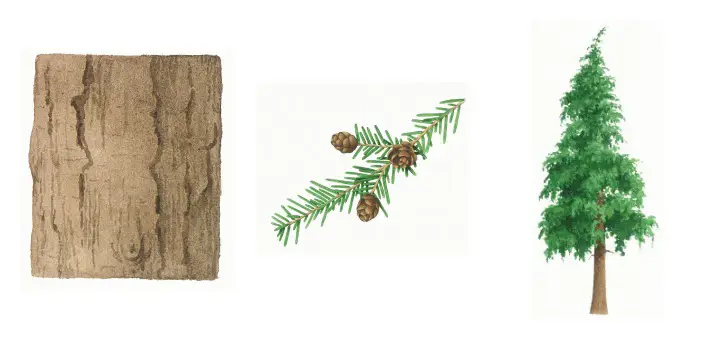Western hemlock
Western hemlock

The graceful western hemlock - Tsuga heterophylla in Latin - was introduced to Scotland during the 19th century for ornamental purposes. It has also been used commercially on a small scale. Its tolerance to light shade allowed it to be planted under old broadleaved trees. However, it is susceptible to butt rot and this practice has mostly stopped.
Facts and stats
- Uses: The wood has the ability to hold nails well and is used for building, box making and paper pulp. In the past the Native Americans used the inner bark for bread making.
- Seeds: Numerous small egg-shaped cones.
- Leaves: This tree has random needles of varying lengths, with green above and white below. Look out for its typical drooping appearance with downturned leading shoots.
- Bark: Over time its bark becomes deeply furrowed into scaly ridges.
- Height: 50 metres with lower branch loss as the tree ages
- Lifespan: 500 years
- Natural range: western north America: Alaska–California